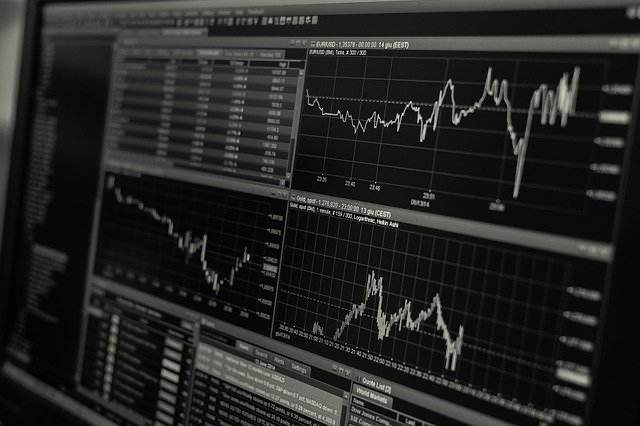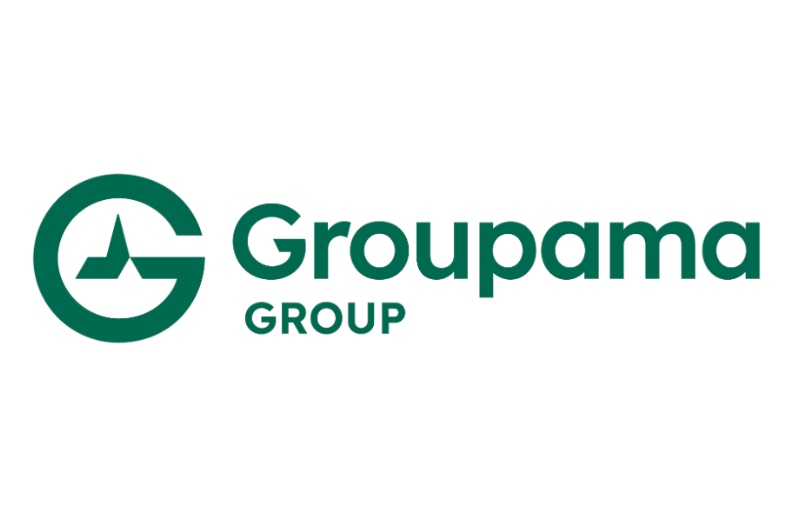
The volume of trading of catastrophe bond notes on the secondary market rose again in May 2021, as insurance-linked securities (ILS) fund managers and cat bond investors adjusted their portfolios to accept the strong almost $3.3 billion of primary issuance seen during the month.May 2021 saw the highest level of primary issuance of catastrophe bonds so far in 2021, with the close to $3.3 billion of new cat bonds issued coming from 9 144A cat bonds with a US peril focus as you’d expect at this time of year, as well as 1 private cat bond deal, according to the .That eclipsed April’s almost $2.5 billion of issuance and March’s $2.9 billion of issuance (both including some mortgage ILS issuance) and this run of strong issuance months has made for steadily rising secondary cat bond trading as well.During this year so far, trading of cat bond notes on the secondary market has accelerated and it is this steady building of strong primary issuance over the last three months that has really helped to stimulate the need for trading.
Earlier this year, thanks to revitalised investor appetite for catastrophe bonds in the last year and some new capital inflows to cat bond fund managers, appetites have been high and to begin 2021 many investors were in buy-and-hold mode.That meant, while there was secondary trading of course, there always is as some investors and fund managers need to adjust portfolios to accommodate new issues, there was less need for trading as many cat bond funds had new capital to deploy.Thanks to the consecutive months of stronger primary issuance of cat bonds, the market found itself closer to equilibrium in May, with supply higher and so investor demand more satiated.
But after three strong months of issuance, the need to adjust portfolios becomes typically more elevated as well, as fund managers and investors look to manage their exposure to certain perils and regions.In 2021, this has been especially the case, as so many of the cat bond fund managers have been actively trying to shift their portfolios towards holding more of the higher-yielding recent issues of late.Sources suggest that May 2021 ended up being the most active month of this year so far in the secondary catastrophe bond market.
TRACE, the trade compliance data repository operated by US regulator FINRA, shows that cat bond trades were at least 30% up on the prior month, in terms of number of trades registered with TRACE.Of course not every secondary cat bond trading desk logs all of its activity with TRACE, meaning the total will actually have been higher than it appears.The secondary market for cat bonds has become critical in enabling investors and fund managers to adapt to primary issuance trends, manage seasonal exposures, balance their portfolios and also respond to current events with live cat trading.
It is, perhaps, the most liquid form of trading in the global insurance and reinsurance market, where liabilities can change hands daily, or even more frequently and where trading counterparties seem to be largely found except for in circumstances where a position may be distressed.Reinsurance contracts and liabilities generally don’t trade at all, except perhaps to go into a run-off situation.The only trading in reinsurance is typically seen on the chain where a risk moves from the consumer, to the primary insurer, to the reinsurer and on to the retrocessionaire.
The catastrophe bond market shows that there is liquidity in reinsurance related risks, but it only possible thanks to the securitized nature of the instruments and the professional trading desks that facilitate the changing of hands of positions.We’d expect this liquidity to increase over time as well, partly as catastrophe bonds outstanding continue to increase and moree institutions and investors learn about insurance-linked securities (ILS) and enter the market.The cat bond market, with its fully-securitized and tradable instruments, shows that structuring insurance and reinsurance risk into forms that allow for large contracts to be broken down into bite-sized chunks, made accessible to more investors and made tradable across desks, is not just feasible, but it is an incredibly efficient way to connect insurance and institutional capacity and to diversify catastrophe risks into the global capital markets.———————————————————————.
All of our Artemis Live insurance-linked securities (ILS), catastrophe bonds and reinsurance can be accessed online.Our can be subscribed to using the typical podcast services providers, including Apple, Google, Spotify and more.
Publisher: Artemis








